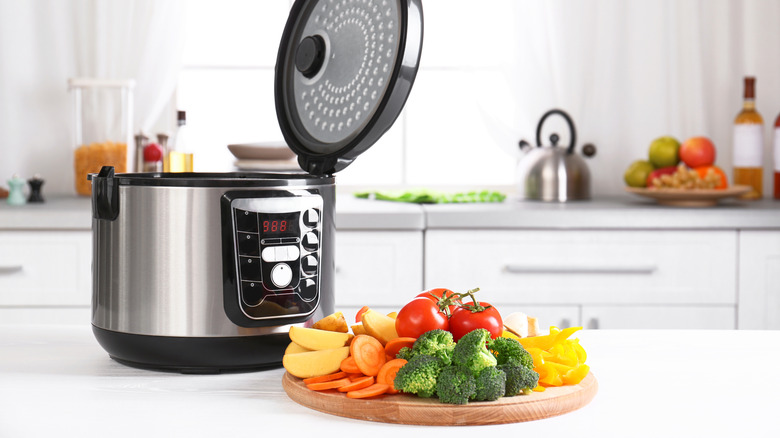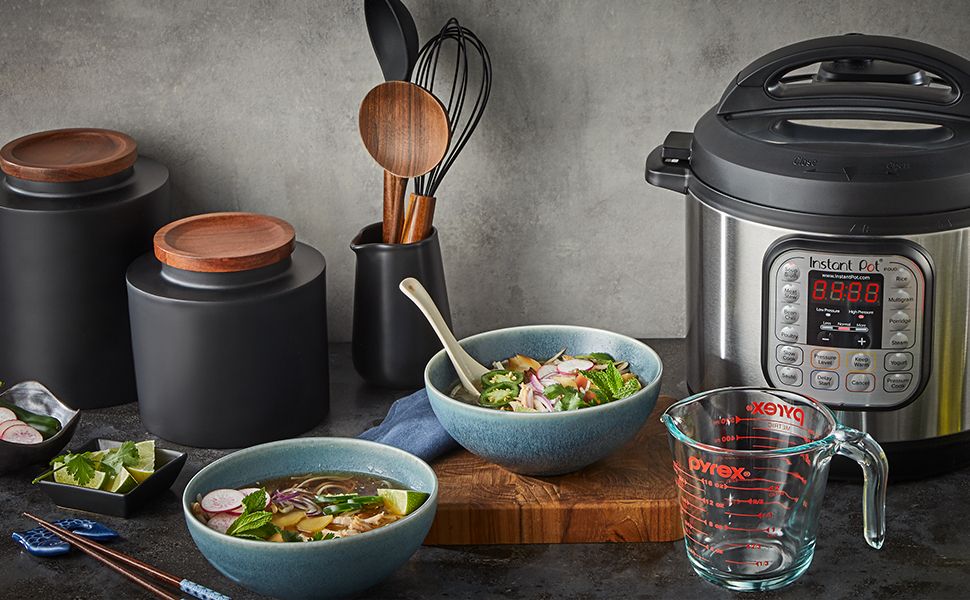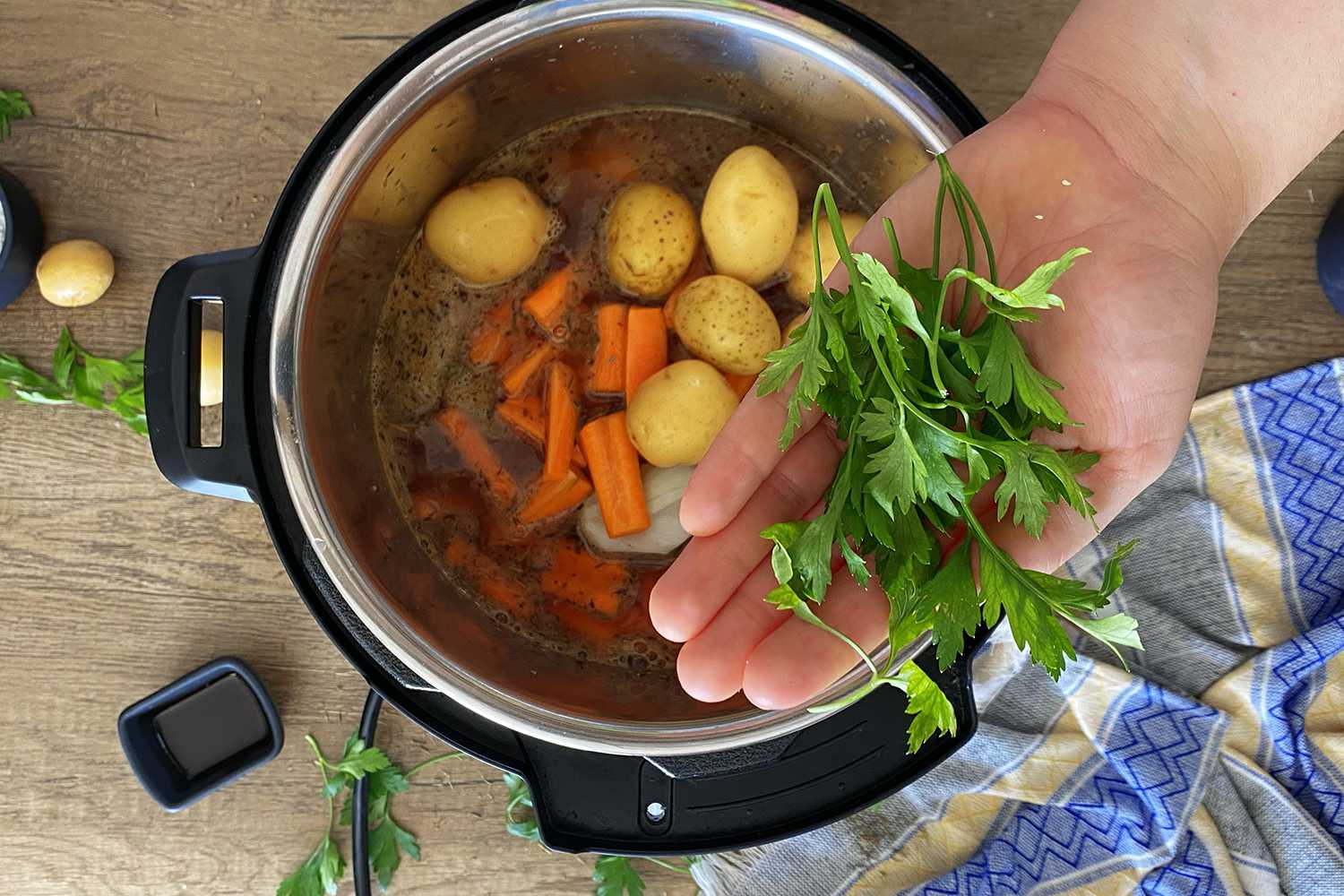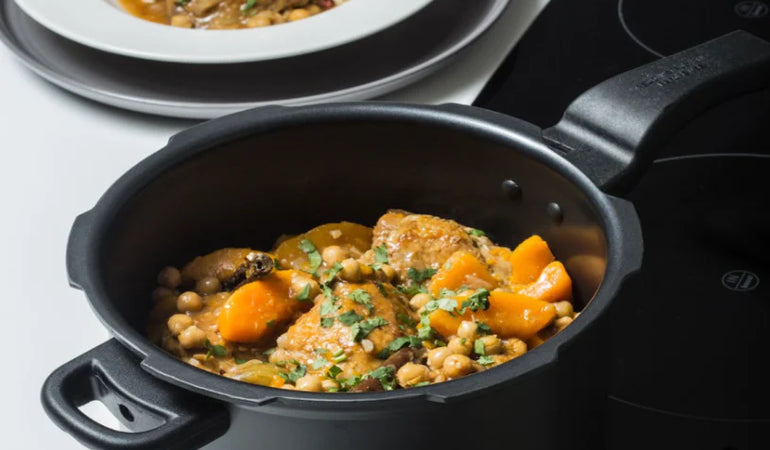Mastering the Art of Tender Cow Leg: Cooking Without a Pressure Cooker
Written By James Morgan
Creating a delicious, tender cow leg dish without using a pressure cooker can be challenging. Learning **how to cook cow leg to be soft without a pressure cooker** is a skill that can yield mouthwatering results if done correctly. With this comprehensive guide, you'll be well on your way to preparing a flavorful, succulent cow leg that will impress both family and guests. So, let's embark on this culinary journey together!

Understanding the Basics
Before diving into the detailed recipe and techniques for **how to cook cow leg to be soft without a pressure cooker**, it's vital to understand the properties of cow leg meat. Cow leg, also known as beef shank, is a tough cut of meat due to its high connective tissue content. This means it requires slow and prolonged cooking methods to break down the tough fibers and transform them into melt-in-your-mouth meat. With the right combination of cooking techniques and flavors, you can achieve the perfect level of tenderness.

Ideal Cooking Methods
Slow-Cooking
One of the most effective techniques for making cow leg soft without a pressure cooker is slow-cooking. This method involves cooking the meat at a low temperature over an extended period, allowing the heat to gradually break down the connective tissues. Slow-cooking can be done in an oven or on the stovetop.
Oven Braising
Oven braising is another excellent method to achieve a tender cow leg. This technique combines the benefits of slow-cooking with moisture retention, resulting in a rich, flavorful dish. It's essential to cook the cow leg in a sealed environment with adequate liquid to keep it moist and tender.
Stovetop Simmering
Stovetop simmering is a versatile and straightforward method that can yield soft and juicy cow leg meat. By maintaining a consistent simmering temperature, you can ensure the breakdown of tough fibers, making the cow leg incredibly tender.

Gathering the Ingredients
Ingredients
- 2 pounds of cow leg meat (beef shank)
- 2 tablespoons vegetable oil
- 1 large onion, chopped
- 4 cloves garlic, minced
- 2 carrots, chopped
- 2 celery stalks, chopped
- 1 cup beef broth
- 1 cup red wine (optional)
- 2 bay leaves
- 1 teaspoon thyme
- Salt and pepper to taste

Step-by-Step Cooking Instructions
Step 1: Preparing the Meat
To start, you'll need a sharp knife and a sturdy cutting board. Trim any excess fat from the cow leg to ensure an even cook. Cutting the meat into smaller portions can help it cook more evenly and become tender more quickly.
Step 2: Searing the Meat
Heat the vegetable oil in a large oven-safe pot or Dutch oven over medium-high heat. Sear the cow leg meat on all sides until it develops a rich, brown crust. Searing the meat locks in flavor and creates a delicious foundation for your dish.
Step 3: Adding Aromatics and Vegetables
Once the meat is seared, remove it from the pot and set it aside. In the same pot, add the chopped onion, garlic, carrots, and celery. Saut the vegetables until they become tender and fragrant. This will add depth and texture to your dish.
Step 4: Deglazing
Deglazing is a crucial step that involves adding liquid to the pot to loosen the browned bits stuck to the bottom. This process adds a significant flavor boost to the dish. You can use beef broth, red wine, or a combination of both for deglazing. Scrape the bottom of the pot with a wooden spoon to release all the flavorful bits.
Step 5: Slow-Cooking the Meat
Return the seared cow leg meat to the pot, along with the beef broth, red wine, bay leaves, thyme, salt, and pepper. Ensure that the liquid covers at least half of the meat. Cover the pot with a tight-fitting lid and place it in a preheated oven at 275F (135C). Let it cook for at least 4-5 hours or until the meat reaches your desired tenderness. Slowly cooking the meat at a low temperature ensures it becomes incredibly tender and flavorful.
Optional: Stovetop Simmering Method
If you prefer to use the stovetop, transfer the pot to a stovetop burner set to low heat instead of placing it in the oven. Simmer the meat gently for 4-5 hours, occasionally checking to ensure the liquid level is adequate. Add more broth or wine if necessary. Maintain a low simmer to avoid boiling, which can make the meat tough.
Checking for Tenderness
To determine if the cow leg is adequately tender, use a fork to test the meat. If the fork easily slides in and out without resistance, the meat is ready. If you encounter any resistance, continue cooking for an additional 30 minutes and test again. Patience is key in this process, as it ensures the meat becomes incredibly soft and succulent.
Serving Suggestions
Pair your tender cow leg dish with mashed potatoes, rice, or steamed vegetables for a wholesome meal. The tender beef can also be shredded and used in sandwiches, tacos, or even as a topping for salads.
Storage and Leftovers
Store any leftovers in an airtight container in the refrigerator for up to 3 days. You can also freeze the cooked beef for up to 3 months. To reheat, gently warm the meat in a pot on the stovetop, adding a bit of broth to keep it moist.
For more cooking tips, learn more from Cooking Light.
Additional Tips for Cooking Tender Cow Leg
To enhance your **cow leg cooking experience**, consider experimenting with different marinades and seasonings. Marinating the meat overnight can infuse additional flavors, making the dish even more delectable. Popular marinade ingredients include soy sauce, Worcestershire sauce, mustard, and a variety of herbs and spices. Remember, patience is your best friend when learning **how to cook cow leg to be soft without a pressure cooker**. Allowing ample time for the meat to cook slowly will yield the best results.
If you frequently cook tough cuts of meat, investing in high-quality cookware can make a significant difference. Consider purchasing a durable and reliable Dutch oven, a game-changer for slow-cooking meat.
As you hone your skills in cooking cow leg and other tough cuts of meat, keep your cookware in top condition. Proper cookware cleaner and cutting board oil can prolong the life of your kitchen tools, ensuring they remain effective for many delicious meals to come.
More Cooking Tips and Recipes
For additional tips and recipes, check out our articles on cooking potatoes, quick recipes, and grilling tips.
As an Amazon Associate, I earn from qualifying purchases.



